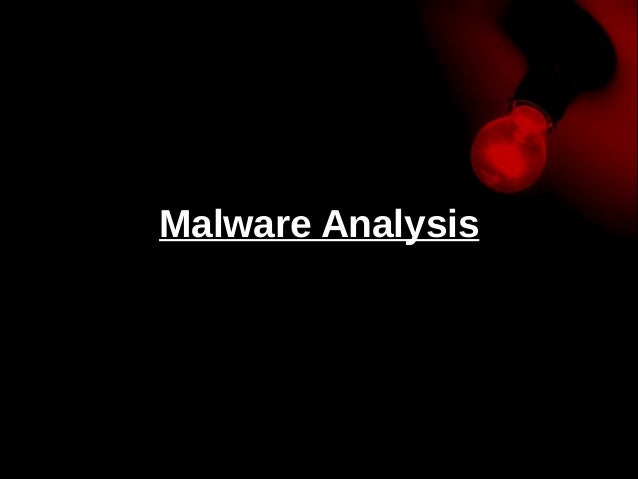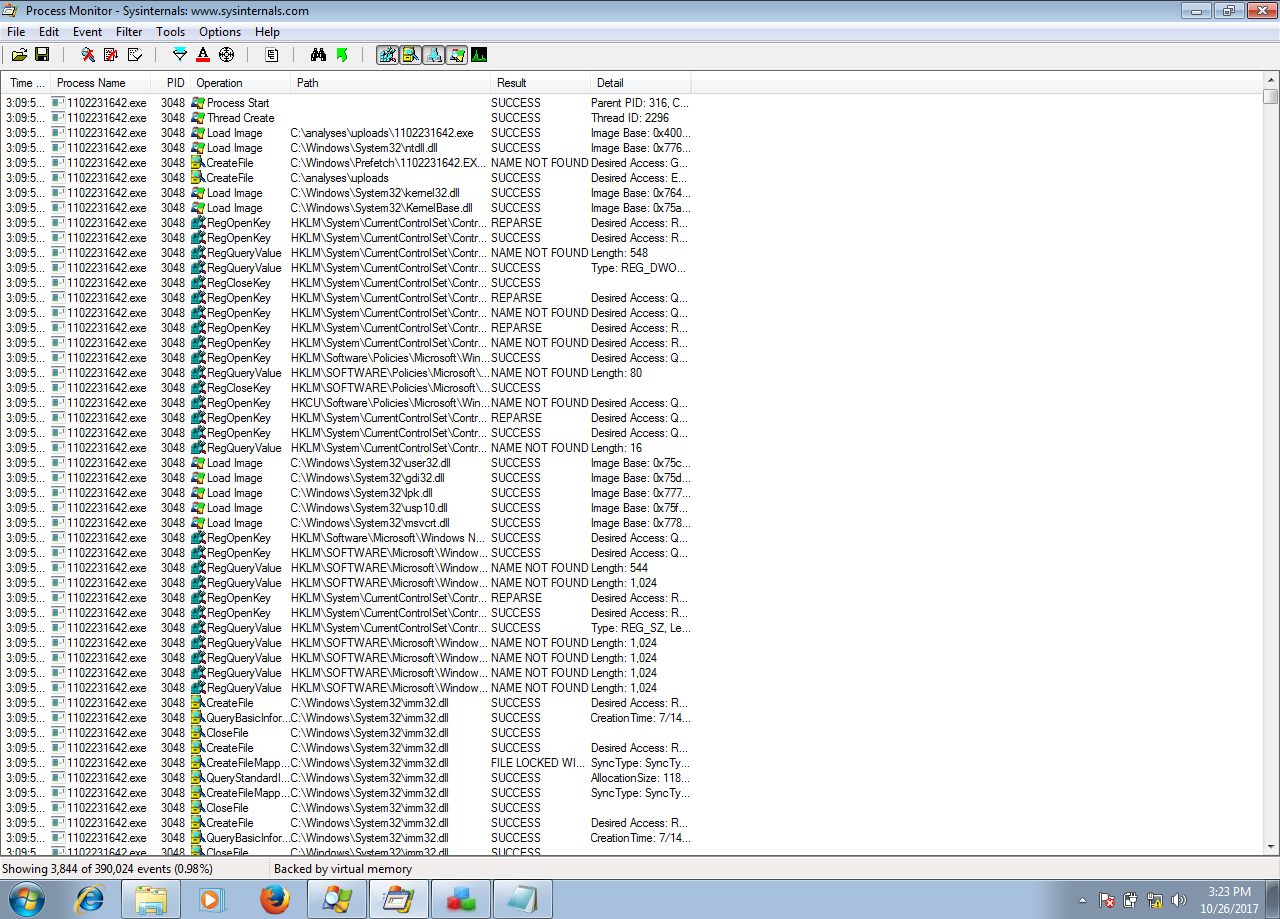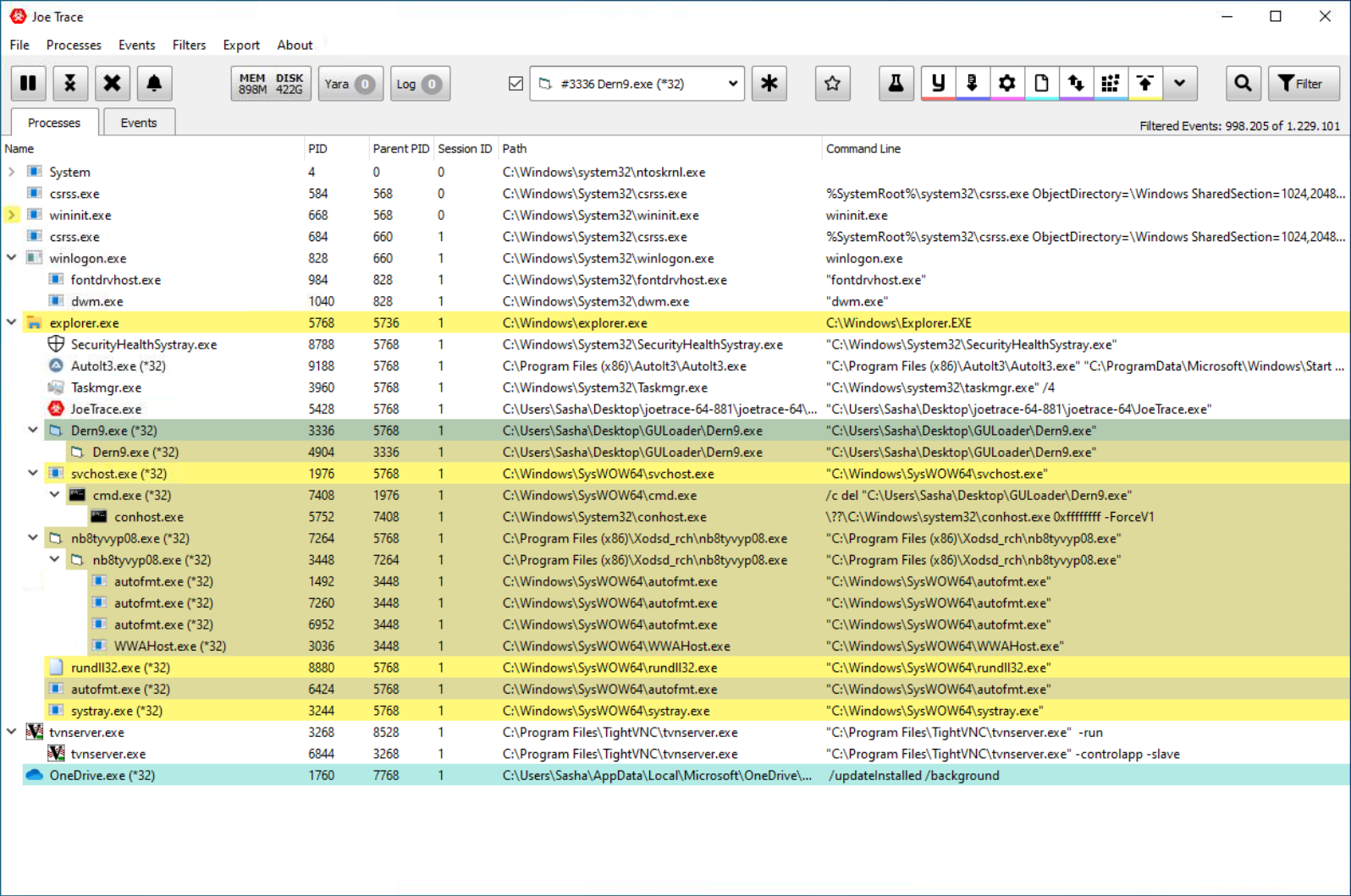

2011), in which the malware changes its appearance, in run-time, to avoid detection. An obfuscation method commonly used by malware is runtime polymorphism ( O’Kane et al. The common evasion technique is obfuscation, in which the malware attempts to camouflage itself ( O’Kane et al. However, the malware uses an abundance of evasion techniques to avoid detection by this type of tool. A program is considered malicious if it matches one or more of these patterns.

These tools use a database of known potentially malicious instruction sequence patterns. A common static analysis technique is based on signatures and is typically used by virus scanners.

Two basic approaches exist for malware analysis: The first involves static analysis techniques, while the second involves dynamic analysis techniques ( Gandotra et al. Many types of malware exist, including viruses, spyware, adware, rootkits, trojans, ransomware ( Hull et al. The malware may attack the computer on which it is executed as well as the computers to which this computer is connected (e.g., via a computer network). Malicious software, or malware, refers to a program that is intended to cause damage to the host computer.


 0 kommentar(er)
0 kommentar(er)
